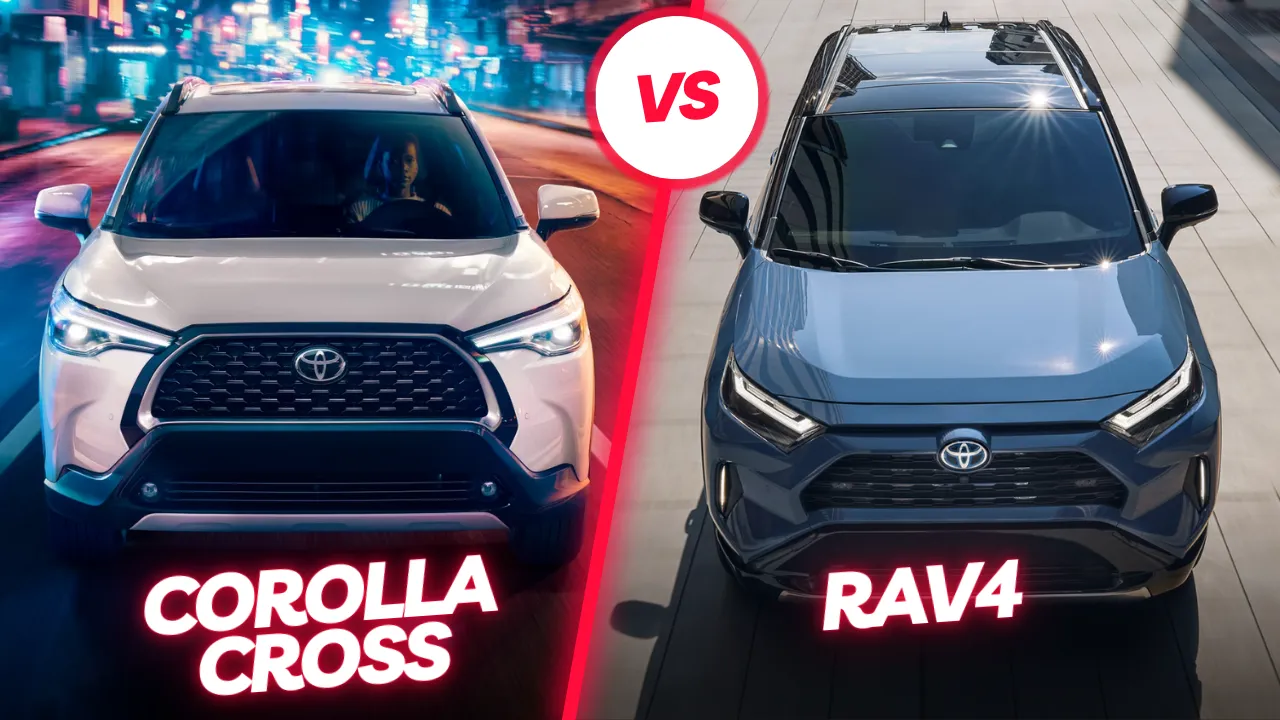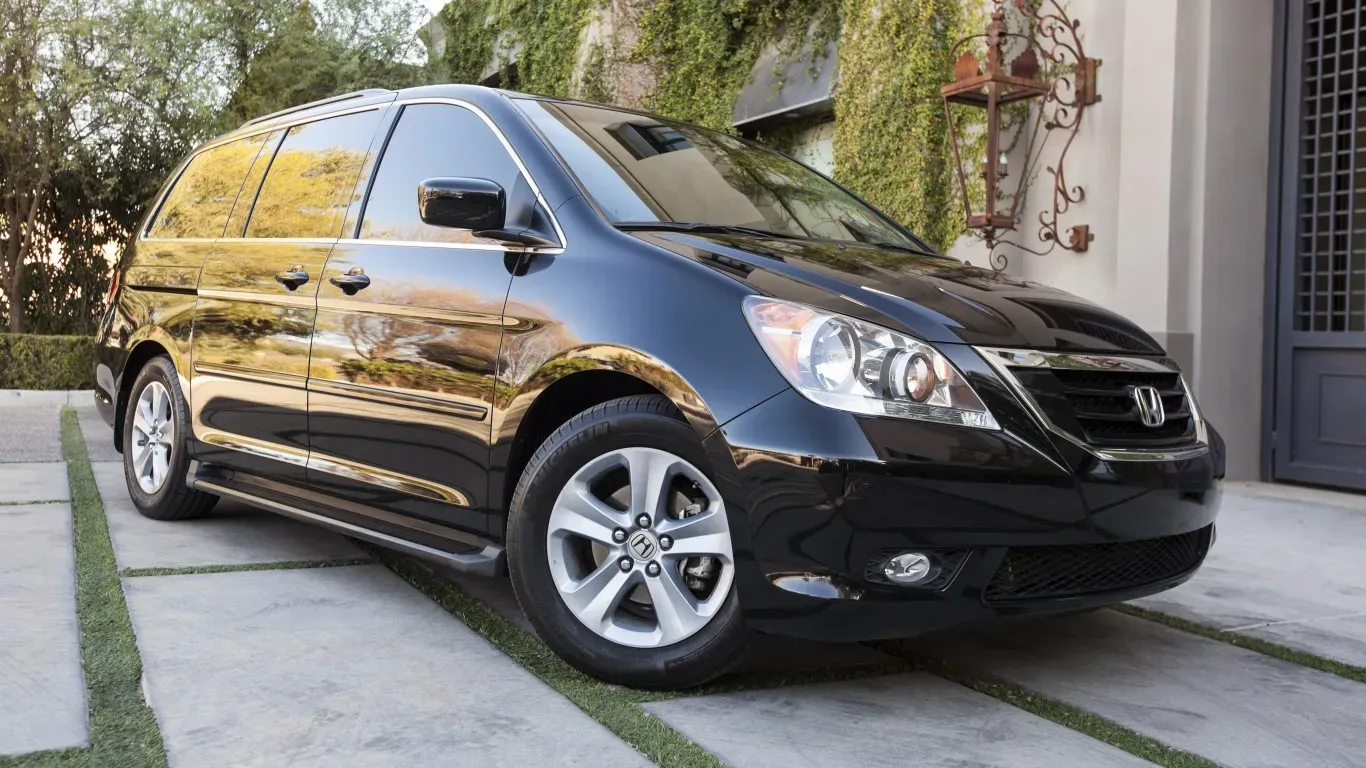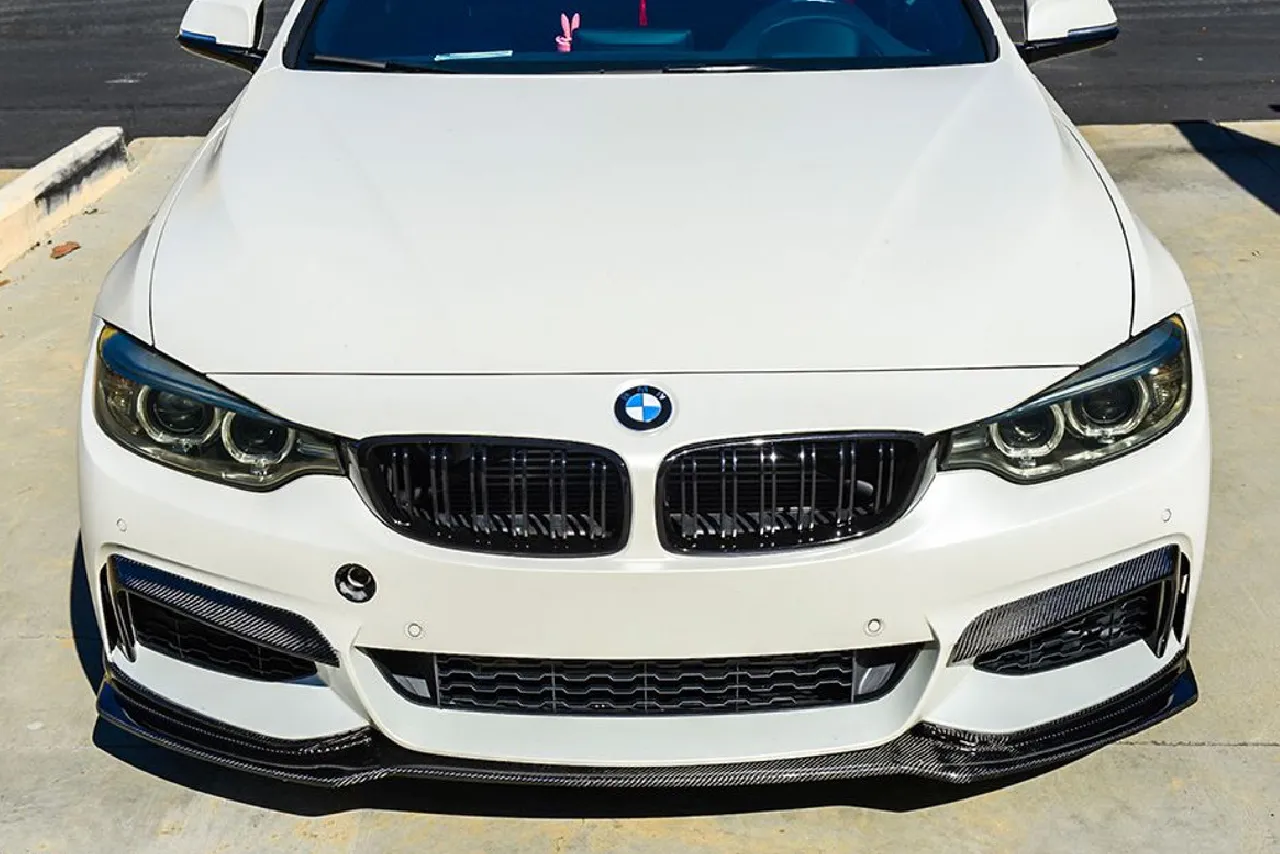The Fiat 500e, once thought to be a promising contender in the electric vehicle (EV) market, has hit a rough patch in the U.S. with dismal sales figures. Despite only managing to sell 439 units in the U.S. since its launch earlier this year, Stellantis is investing another $110 million into the model’s future, raising eyebrows across the industry. With subpar battery performance and a steep price tag, the 500e’s reception has been lukewarm at best, leaving many to question whether Fiat’s iconic 500 brand can regain its former glory.
A Tumultuous Launch for the 500e
When the Fiat 500 first re-entered the U.S. market nearly 15 years ago, it was met with great success. Its compact design, affordable price, and classic Italian styling led to almost 100,000 units being sold in the first few years. However, the electric version of this beloved hatchback, the 500e, has struggled to resonate with American buyers.
One of the biggest issues dragging down 500e sales is its limited range—149 miles on a full charge, a figure that pales in comparison to more affordable electric vehicles with better range options. Compounding this is the high price tag, which makes the 500e a tough sell in a highly competitive EV market.
Stellantis Pushes Forward Despite Setbacks
Despite these early struggles, Stellantis has doubled down on the 500e, committing an additional $110 million to its development. The funds will primarily be used to enhance the vehicle’s performance, starting with an improved high-performance battery. This new battery aims to address the primary complaints about range, potentially bringing the 500e in line with competitors.
Additionally, Fiat is also set to introduce a hybrid version of the 500, slated for release next year. This move is seen as a strategic pivot, catering to buyers who are not fully committed to going electric but still want to reduce their carbon footprint. Hybrid vehicles and plug-in hybrids (PHEVs) have seen a steady rise in market share, especially as EV adoption growth appears to have stagnated in 2024.
Production Challenges Amid EV Market Struggles
Stellantis itself appears cautious about the 500e’s future. Production of the model was halted in early September at the Mirafiori plant in Turin, Italy, with an initial plan to resume operations in four weeks. However, the halt has since been extended to November 1st, signaling deeper concerns within the company about demand for the 500e.
Even Stellantis CEO Carlos Tavares has acknowledged the broader issues facing the EV market in Europe, describing it as being “in deep trouble.” Given this climate, Fiat’s future in the EV space seems uncertain, especially as Stellantis prepares to review its portfolio of brands by 2026.
Fiat’s Legacy at Risk
Fiat, which once enjoyed immense success in the U.S., is now at a crossroads. Although 2023 saw a modest increase in U.S. sales due to the 500X and 500e both being available, the numbers are far from reassuring. Fiat sold just 786 cars in the U.S. through the third quarter of 2024—a figure that starkly contrasts with the performance of Stellantis’s other brands.
As Stellantis plans to invest in new battery technology and hybrid options for the 500, Fiat’s window for success is narrowing. CEO Tavares has made it clear that the company’s 14 brands will be under review, and by 2026, difficult decisions may need to be made. Whether Fiat can remain a viable brand in the Stellantis lineup will depend heavily on the success of these new strategies.
Is the Hybrid the Saving Grace?
While the EV market is showing signs of stagnation, hybrid and PHEV models continue to gain traction. Fiat’s upcoming hybrid version of the 500 could be the lifeline the brand needs to stay competitive. The hybrid would cater to buyers who want the best of both worlds: the efficiency of an electric vehicle without the anxiety of a limited range.
The introduction of a hybrid 500 in the U.S. market could help bridge the gap for potential buyers who are hesitant to go fully electric. In a landscape where consumers are increasingly opting for mixed drivetrain options, Fiat’s hybrid could revitalize the brand and give it a fighting chance in a crowded market.
Final Thoughts
The Fiat 500e’s slow start serves as a reminder of the challenges automakers face as they transition to electric vehicles. Stellantis’s $110 million bet on the 500e’s future underscores the company’s commitment to keeping the iconic brand alive, but the path ahead is steep. With production halts, lackluster sales, and a competitive market, Fiat’s survival could hinge on the success of its hybrid 500 and upcoming battery improvements.
Time will tell whether Stellantis’s investment will pay off, but for now, the Fiat 500e remains a cautionary tale in the rapidly evolving EV market.
I’m Waqas, an electric vehicle enthusiast and tech writer with over 6 years of experience covering the EV industry. I write in-depth articles, comparisons, and reviews to help readers understand the fast-evolving world of electric mobility. From battery technology to EV launches and charging trends, I aim to make complex EV topics simple, engaging, and informative for everyday drivers and curious readers alike.





